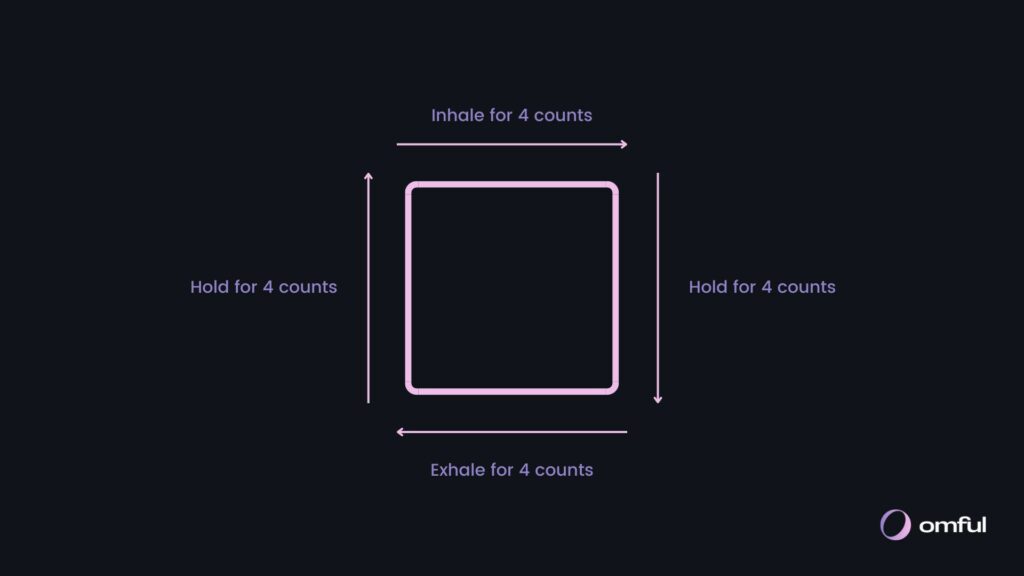Did you know that breathing, something we do around 20,000 times a day, could be the key to reducing stress, improving focus, and even boosting your overall health? Discover the power of diaphragmatic breathing – a simple and natural technique that can help reduce stress, enhance focus, and promote optimal health. By consciously controlling your breath, you can unlock a wide range of wellness benefits.
What is Diaphragmatic Breathing?
Diaphragmatic breathing, also known as deep breathing or belly breathing, involves fully engaging the stomach, diaphragm, and lungs during respiration. Unlike shallow, chest-based breathing, deep breathing encourages full oxygen exchange, reduces stress, and helps strengthen the diaphragm. This simple breathing technique can slow the heartbeat and lower or stabilize blood pressure.
Step-by-Step Guide to Diaphragmatic Breathing
Practicing diaphragmatic breathing isn’t complicated. Here’s how to do it in a few simple steps:
- Find a Comfortable Spot: Sit or lie down in a quiet, comfortable spot. Ensure your body is relaxed and your posture is open.
- Place Your Hands: Put one hand on your belly and the other on your chest.
- Inhale Deeply: Inhale slowly through your nose, letting your belly push your hand out.
- Exhale Fully: Exhale through pursed lips, noticing the hand on your belly go in. The hand on your chest should move as little as possible.
- Repeat: Continue this pattern, taking your time with each breath.
Remember, getting used to breathing this way might take some practice, but it will get easier over time.
Benefits of Diaphragmatic Breathing
The benefits extend beyond simple relaxation. Studies indicate several key benefits:
- Stress Reduction: Deep breathing activates the body’s relaxation response, reducing feelings of stress and anxiety.
- Improved Focus: Diaphragmatic breathing can help improve focus and cognitive performance by increasing oxygen flow to the brain.
- Better Physical Health: Regular practice can lower heart rate, stabilize blood pressure, and improve digestion.
How to Practice Diaphragmatic Breathing at Home
Practicing diaphragmatic breathing at home is easy and requires no special equipment. Here are a few tips:
- Start Small: Begin with short practice sessions and gradually increase the duration as your comfort level improves.
- Consistency is Key: Make it a daily practice. Consider setting aside a few minutes each morning and evening.
- Combine with Other Mindfulness Practices: Incorporate diaphragmatic breathing into your meditation or yoga routine to enhance the benefits.
The practice can be personalized to suit your comfort and lifestyle. Here are a few extra tips to help you make the most of this powerful technique: Wear loose, comfortable clothing that doesn’t restrict your breathing. If you’re new to diaphragmatic breathing, starting out by lying down can make the process easier. Remember to relax your muscles – tension can interfere with the natural flow of your breath. Finally, consider closing your eyes during your breathing sessions if it helps you focus and feel more at ease. Happy breathing!
Interested in learning more? Explore another highly effective breathing method called Box Breathing. Check out our step-by-step guide on how to do Box Breathing and expand your mindfulness toolkit even further.


